Papaya Stem Rot Symptoms – How To Manage Stem Rot On Papaya Trees
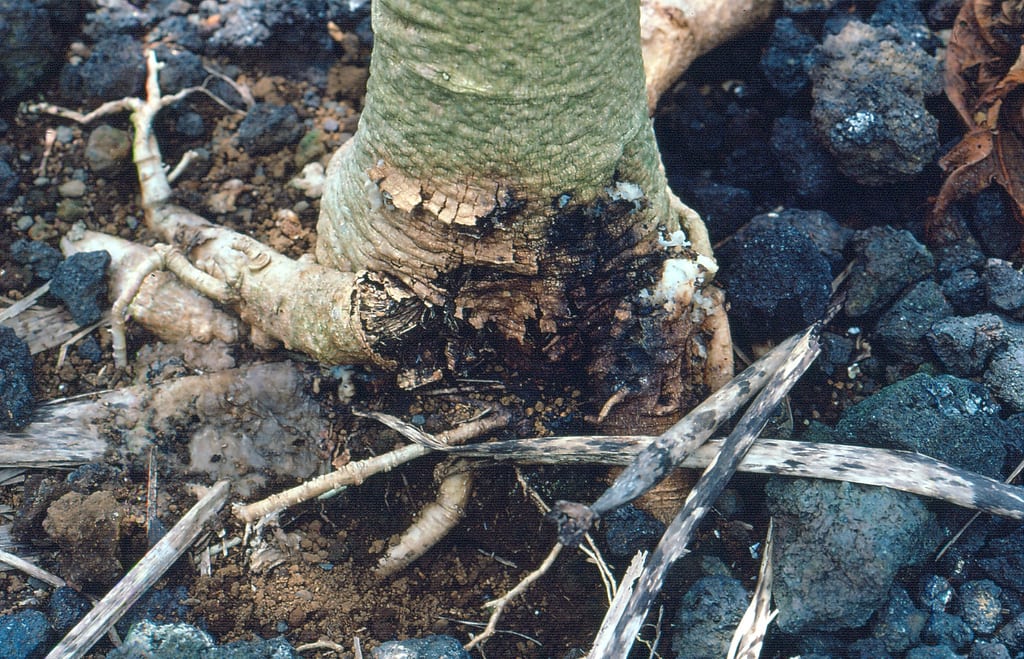

Papaya stem rot, sometimes also known as collar rot, root rot, and foot rot, is a syndrome affecting papaya trees that can be caused by a few different pathogens. Papaya stem rot can be a serious problem if not addressed properly. Keep reading to learn more about what causes papaya stem rot and tips for controlling papaya stem rot disease.
What Causes Papaya Stem Rot?
Stem rot on papaya trees is a syndrome rather than a specific disease, and it has been known to be caused by a number of different pathogens. These include Phytophthora palmivora, Fusarium solani, and multiple species of Pythium. These are all fungi that infect the tree and induce symptoms.
Papaya Stem Rot Symptoms
Stem rot, no matter the cause, tends to affect young trees the most, particularly when they have recently been transplanted. The stem of the tree will become water soaked and weak, usually right at ground level. This water-soaked area will develop into a brown or black lesion and begin to rot. Sometimes a white, fluffy growth of fungus is visible. The leaves may turn yellow and droop, and eventually the entire tree will fail and collapse.
Controlling Papaya Stem Rot
The fungi that cause papaya stem rot thrive in damp conditions. Waterlogging of the tree’s roots is likely to lead to stem rot. The best way to keep the fungus from taking hold is to plant your papaya saplings in well-draining soil. When transplanting, make sure the soil line is at the same level on the trunk that it was before – never build up the soil around the trunk. When planting saplings, handle them with care. Injury to their delicate stems creates a gateway for fungi. If a papaya tree shows signs of stem rot, it can’t be saved. Dig up infected plants and destroy them, and do not plant more trees in the same spot, as stem rot fungi live in the soil and will lie in wait there for their next host.
Gardening tips, videos, info and more delivered right to your inbox!
Sign up for the Gardening Know How newsletter today and receive a free copy of our e-book "How to Grow Delicious Tomatoes".

The only child of a horticulturist and an English teacher, Liz Baessler was destined to become a gardening editor. She has been with Gardening Know how since 2015, and a Senior Editor since 2020. She holds a BA in English from Brandeis University and an MA in English from the University of Geneva, Switzerland. After years of gardening in containers and community garden plots, she finally has a backyard of her own, which she is systematically filling with vegetables and flowers.
-
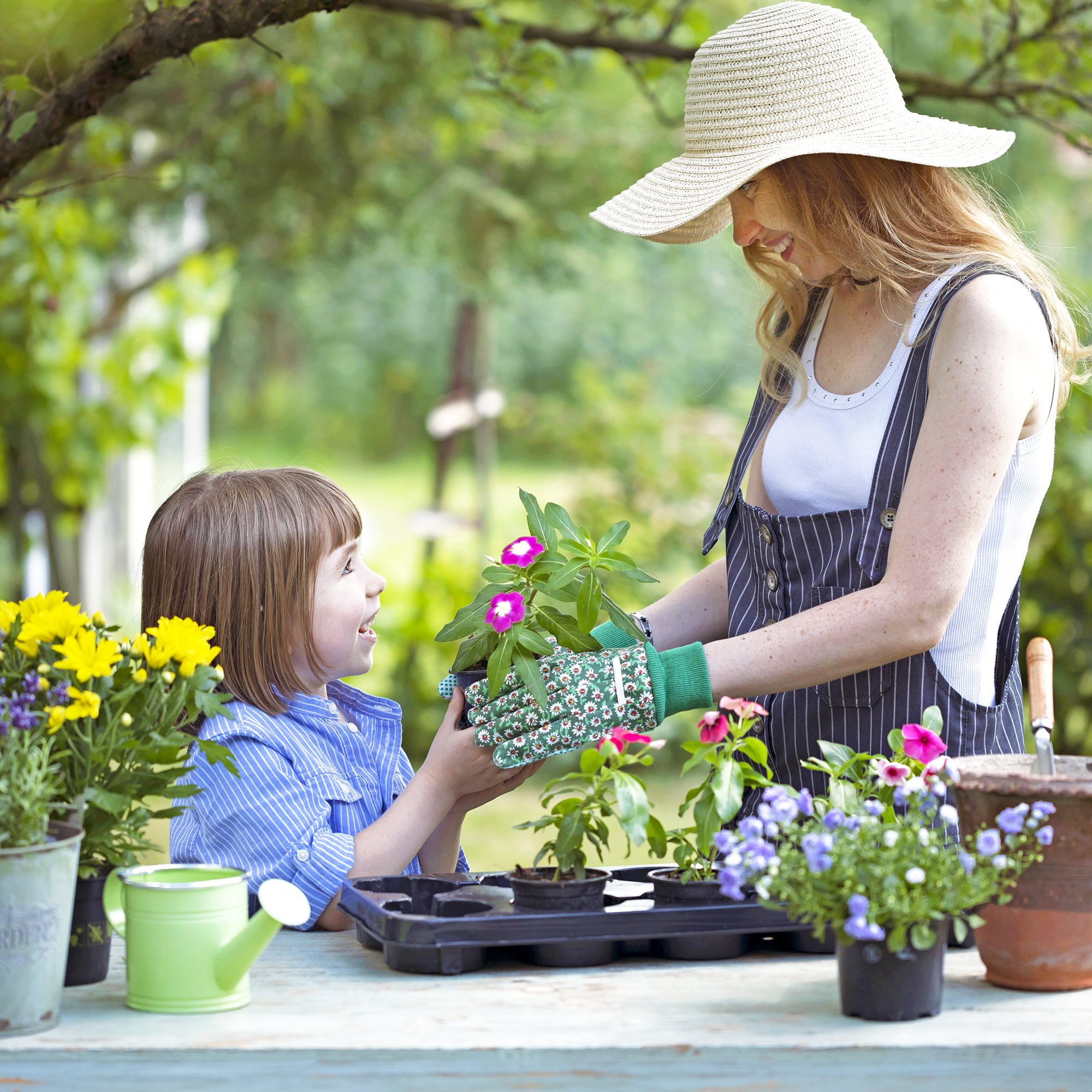 12 Mother’s Day Garden Gifts That Celebrate Moms Who Love To Grow
12 Mother’s Day Garden Gifts That Celebrate Moms Who Love To GrowAll Moms deserve to feel special on Mother’s Day, so treat her to a thoughtful gardening gift that helps her get the most out of her hobby.
By Melanie Griffiths
-
 Never Plant Seedlings Until They Pass These 3 Simple Tests
Never Plant Seedlings Until They Pass These 3 Simple TestsDon't be over-eager to transplant seedlings into the garden before they are ready. These quick and easy checks will help ensure flourishing plants.
By Mary Ellen Ellis
-
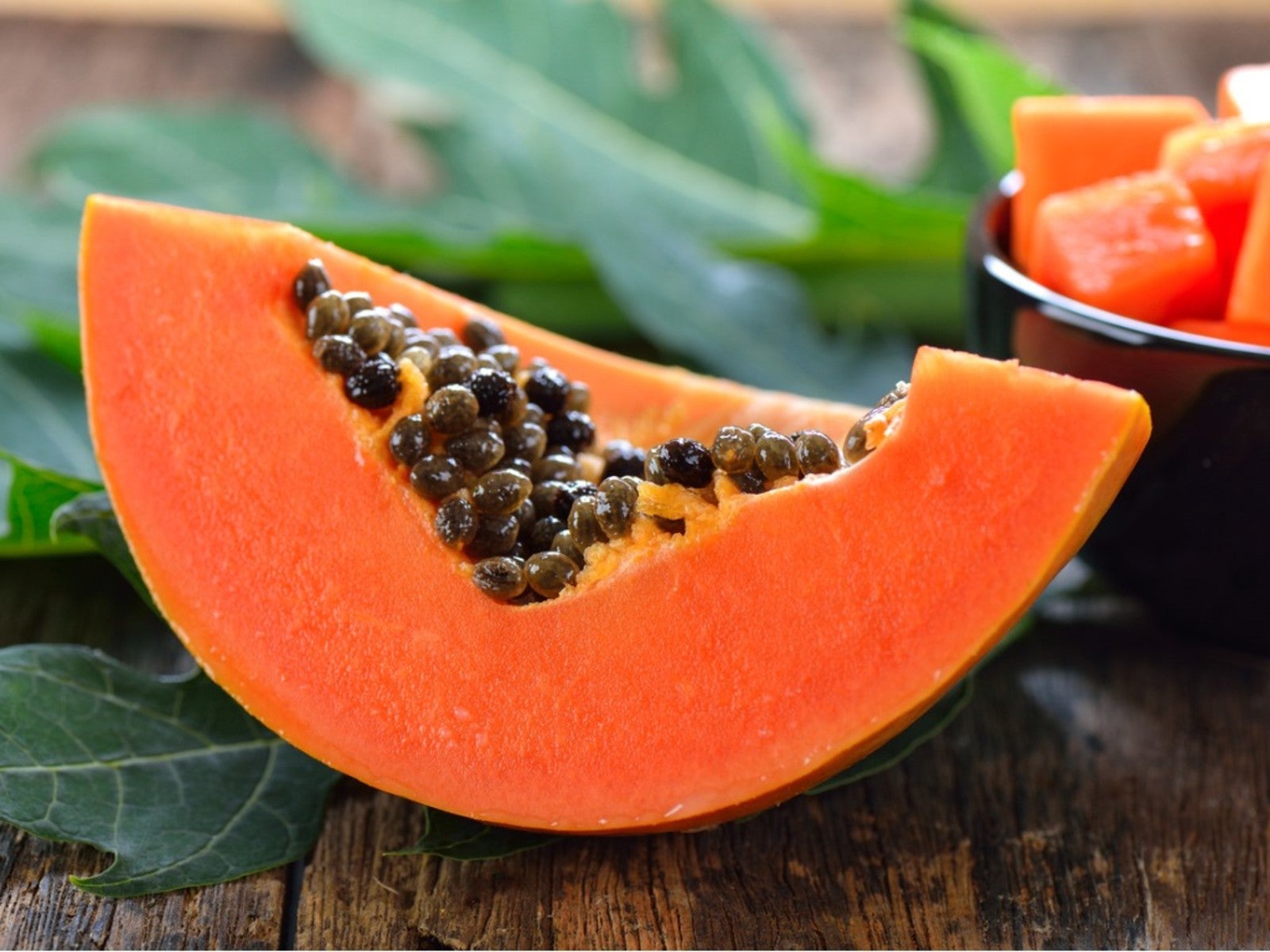 Papaya Fruit Uses – Learn What To Do With Papaya Post Harvest
Papaya Fruit Uses – Learn What To Do With Papaya Post HarvestSo here you are with a bumper crop of papaya fruit. Don’t worry -- we’ve compiled a list of what to use papaya for.
By Amy Grant
-
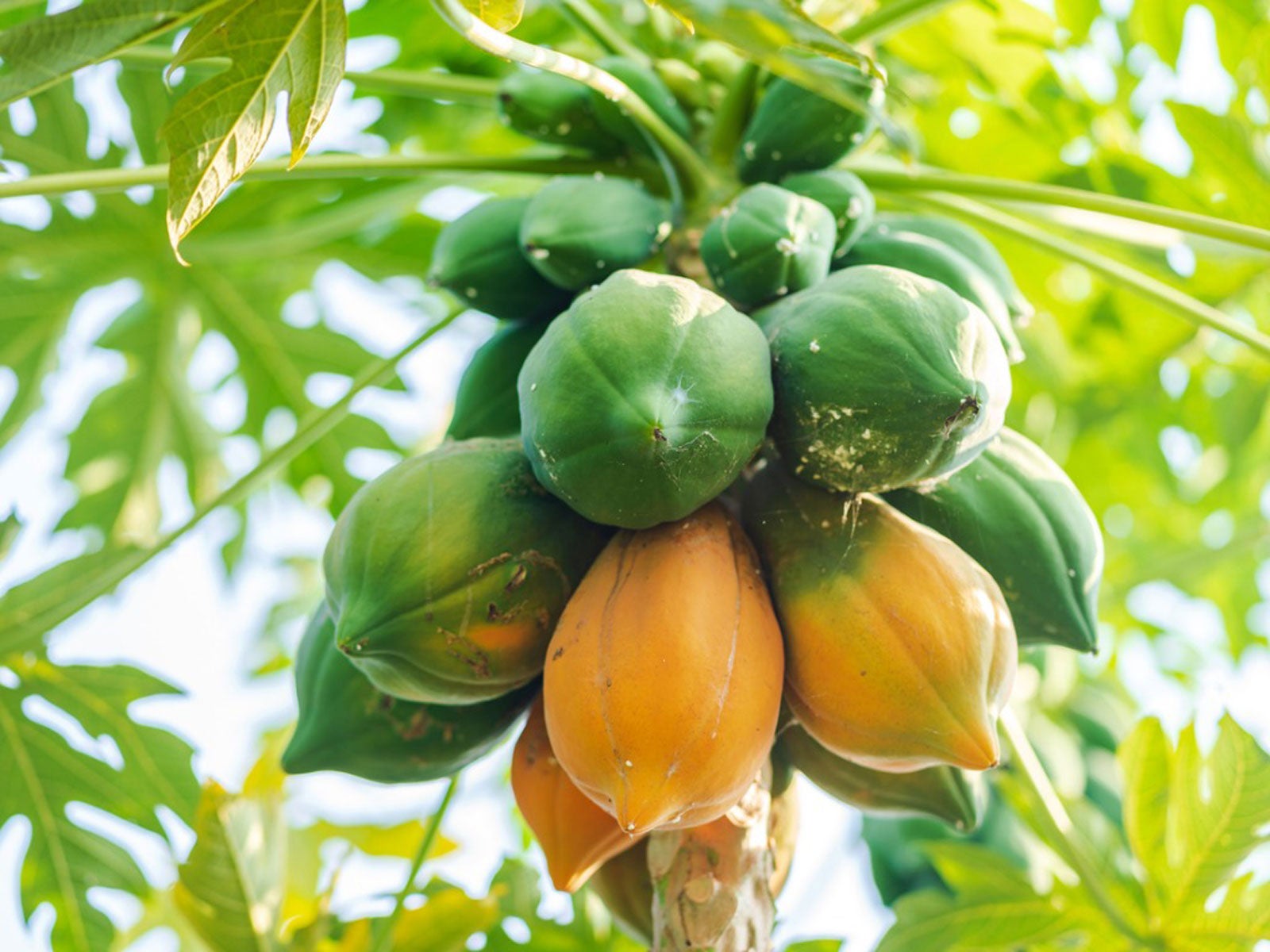 Papaya Harvest Time: Tips For Picking Papaya Fruits
Papaya Harvest Time: Tips For Picking Papaya FruitsGrowing papaya? Click here for tips on when it’s time to start harvesting papaya fruit and information on various papaya harvesting methods.
By Teo Spengler
-
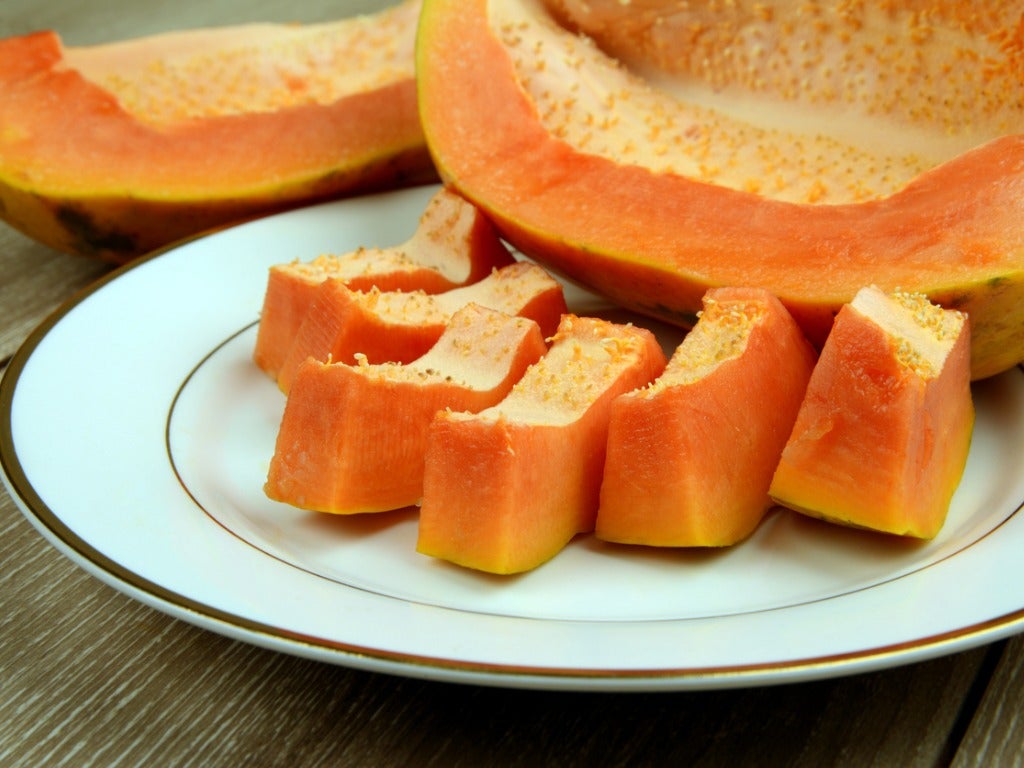 No Seeds Inside Papaya – What Does A Papaya Without Seeds Mean
No Seeds Inside Papaya – What Does A Papaya Without Seeds MeanPapayas are notoriously laden with seeds, so what if you get a papaya without seeds? To learn what causes seedless papayas, click here.
By Teo Spengler
-
What Causes Papaya Stem Rot – Learn About Pythium Rot Of Papaya Trees
Papaya stem rot is a serious problem that often affects young trees but can take down mature trees as well. But what is papaya pythium rot, and how can it be stopped? Click this article to learn more about papaya pythium fungus problems.
By Liz Baessler
-
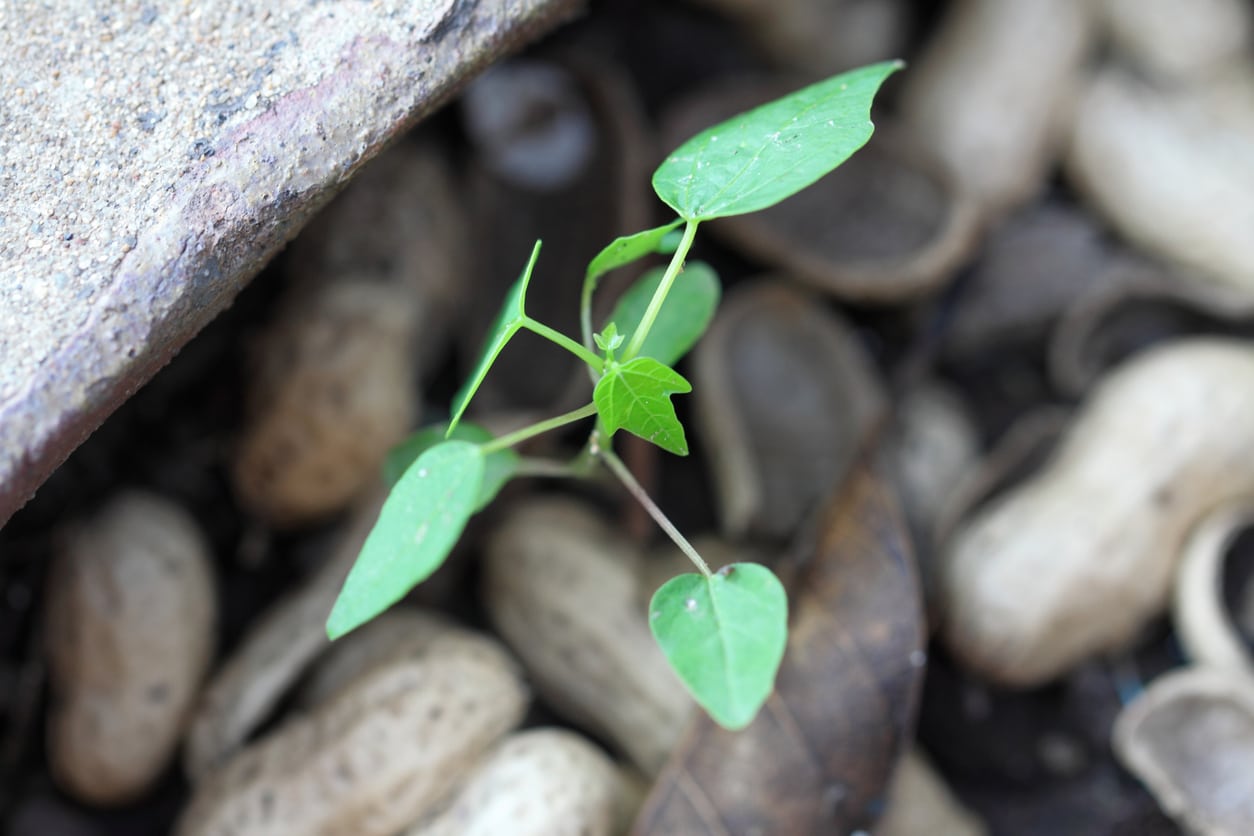 My Papaya Seedlings Are Failing: What Causes Papaya Damping Off
My Papaya Seedlings Are Failing: What Causes Papaya Damping OffWhen growing papaya from seed, you may come across a serious problem: papaya seedlings failing. They look water-soaked, then shrivel, dry, and die. This is damping off, and it is a fungal disease that can be prevented with good cultural practices. Learn more here.
By Mary Ellen Ellis
-
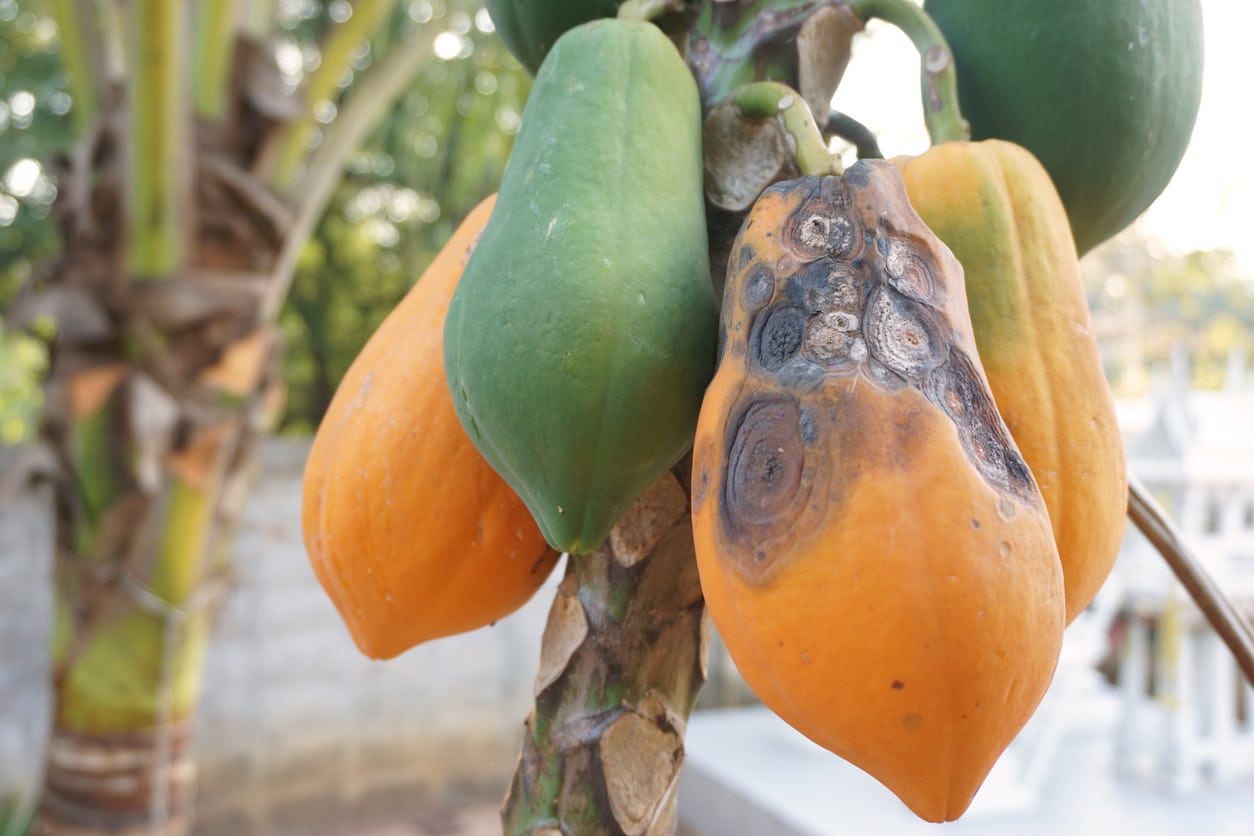 Anthracnose Of Papaya Trees: Learn About Papaya Anthracnose Control
Anthracnose Of Papaya Trees: Learn About Papaya Anthracnose ControlWhen you see sunken spots on papaya fruit, you may be dealing with anthracnose of papaya trees. But with some cultural practices, papaya anthracnose control in the home orchard isn’t difficult. Click this article for tips on treating papaya anthracnose.
By Teo Spengler
-
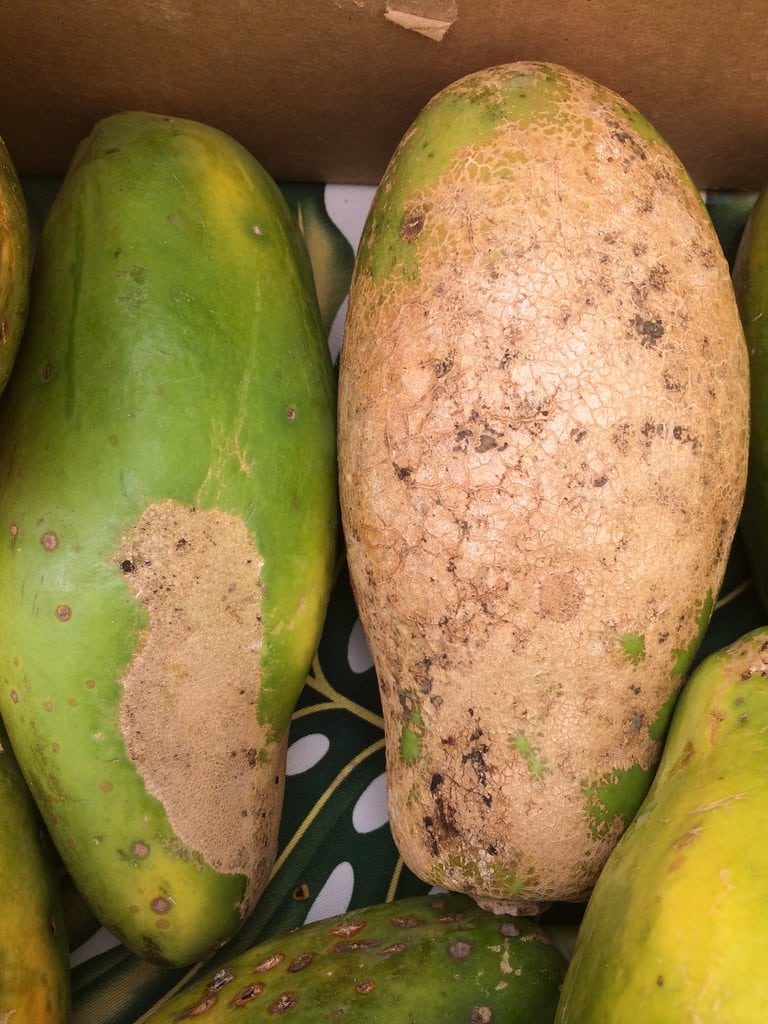 Papaya Herbicide Problems: Treating Symptoms Of Papaya Herbicide Injury
Papaya Herbicide Problems: Treating Symptoms Of Papaya Herbicide InjuryUnfortunately, papayas are shallow-rooted and papaya damage from herbicides is always a risk. Understanding papaya herbicide problems may help you prevent and mitigate herbicide injury of papaya. Click on this article to learn more.
By Mary H. Dyer
-
 Papaya Seedlings Damping Off – Learn About Papaya Damping Off Treatment
Papaya Seedlings Damping Off – Learn About Papaya Damping Off TreatmentPapaya seedlings damping off can mean the end of the crop as the fungus eventually rots out the stem. What causes papaya damping off and how can you prevent it? Click on the following article for more information.
By Bonnie L. Grant